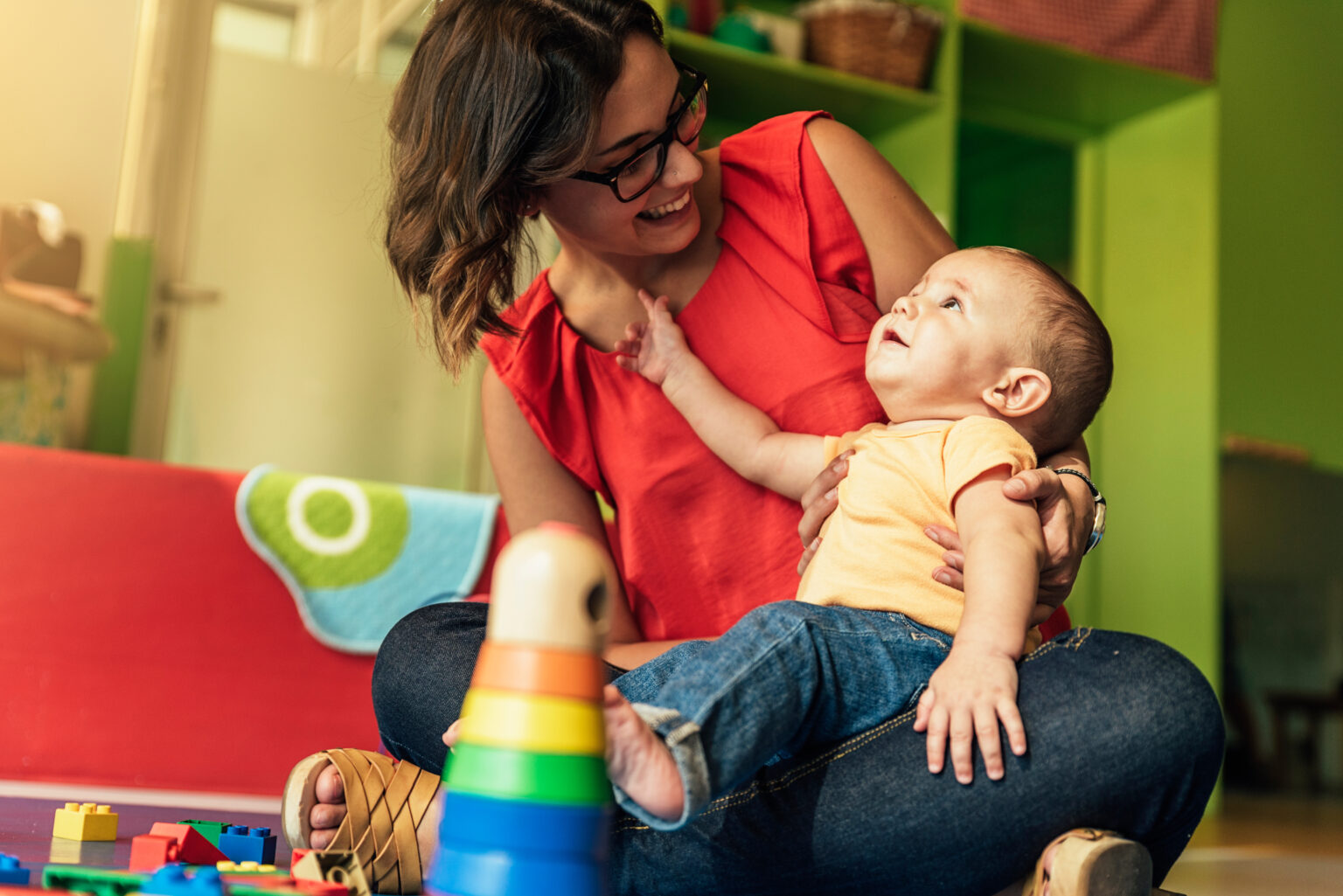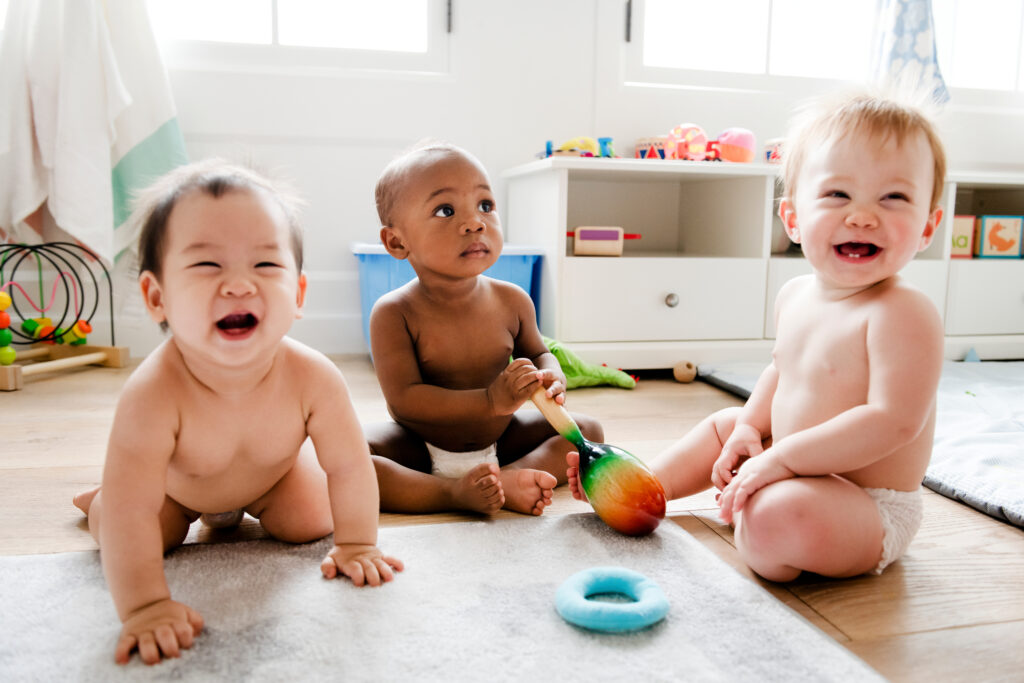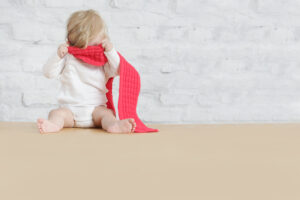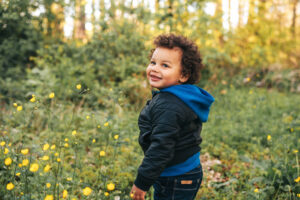We are in the midst of a radical shift across early education in England. Starting this month, the government will roll out its fully expanded early years entitlement, meaning all children aged nine months to five years with eligible working parents will receive up to 30 hours of funded care and education per week. For the first time, this includes children under the age of two – a demographic typically cared for in the nursery’s ’baby room’.
This shift signals a major milestone for early childhood education, but it also raises a crucial question: what does high-quality provision look like for the youngest children in our education system?
Over the last year, we’ve led a ground-breaking research project to engage with this question. With input from over 300 baby room educators and early years managers through surveys, and more than 200 through focus groups, the research reflects the experiences of those supporting over 5,000 babies across the country.
The results are both revealing and urgent. If the baby room is to meet the ambitions of this national expansion, we need to rethink how we define, measure, and support quality in these spaces.
What makes a baby room high-quality?
Through our research, tapping into the experiences and perspectives of baby room educators and early years managers, we’ve found that at the heart of high-quality provision for babies lies a combination of calm yet stimulating environments, secure relationships with educators, and deeply responsive, attuned interactions. Babies thrive when their needs are not only met but anticipated, and when they form strong emotional bonds with consistent caregivers.
But quality doesn’t end at the setting door. Families also need to feel supported – through clear communication, relationships built on trust, and a genuine sense of community. This creates a shared space where families and educators work together to support a baby’s earliest development.
We have also found that a strong team culture and effective leadership are essential. Baby rooms need to be seen not as isolated spaces, but as central to the setting’s mission.
Unfortunately, many baby rooms are physically and culturally marginalised – too large, too isolated, and under-resourced. Structural issues like group size and staff-to-child ratios matter, and while the legal 1:3 ratio is appropriate, how it’s implemented alongside other factors, like group size and the number of babies settling in at once, significantly affects quality.
A workforce without the tools
One of the study’s most striking findings is the widespread lack of trust in existing qualifications. Educators report that current level 2 and level 3 early years qualifications often do not prepare them adequately for working with babies. This leaves many questioning the value of formal training compared to hands-on experience. We call for an urgent review and reform of the most common qualifications, to ensure that they prepare the workforce to engage with what happens in the baby room and understand what enables babies to thrive.
Our participants describe the continuing professional development (CPD) landscape for baby room educators as patchy at best. There’s an urgent need for more baby-specific CPD, including on-the-job coaching, networking opportunities, and training that’s practical, hands-on, and directly linked to real-life practice.
Larger setting chains are better positioned to provide this support, but for many standalone settings, access to this kind of CPD is limited. Without targeted investment and systemic support, thousands of baby room educators risk being left behind.
The hidden status struggle
Behind the structural and training challenges lies a deeper issue: status. Despite the complexity and importance of their work, many baby room educators feel undervalued – by parents, peers, and society at large. Even when they see themselves as professionals, this identity is often undermined by external perceptions.
Changing this narrative is vital. Elevating the status of baby room work goes hand in hand with reforming qualifications and CPD. It’s about recognising that working with babies isn’t an add-on for those in the sector, it’s foundational.
What needs to happen next
Based on our research to date, we are presenting a set of clear recommendations for government, local authorities, training providers, and settings themselves.
For government:
- Regulate group sizes to a maximum of 12 babies per room.
- Reform qualifications to focus on babies’ development and care.
- Tailor public awareness campaigns to shine a light on baby room practice.
- Invest in baby-specific CPD through stronger practice hubs.
For local authorities:
- Align funding models with conditions that support quality (e.g., funding for staggered settling-in periods).
- Support baby room networks and pedagogical coaching.
- Enable baby room educators to contribute to health visitor-led two-year checks.
For training providers:
- Review and redesign early years qualifications to reflect the realities of baby room work.
- Deliver CPD that is directly relevant, accessible, and practice-focused.
For early years settings:
- Maintain smaller groups in the baby room (12 or fewer babies) to improve and reduce staff burnout.
- Invest in baby-specific training and coaching for staff.
- Support and empower baby room leaders to shape team culture.
- Celebrate the work of the baby room both internally and with families.
A defining moment for baby rooms
The expansion of funded early education is a once-in-a-interactions generation opportunity. But it comes with responsibilities – not least to the babies themselves. If we are serious about giving every child the best start in life, then baby rooms cannot be an afterthought.
They must be vibrant, expertly staffed, and properly supported spaces where the youngest children receive the care and education they deserve. With the right policies, investment, and recognition, baby rooms can become a cornerstone of England’s early years sector – not just in name, but in practice.




